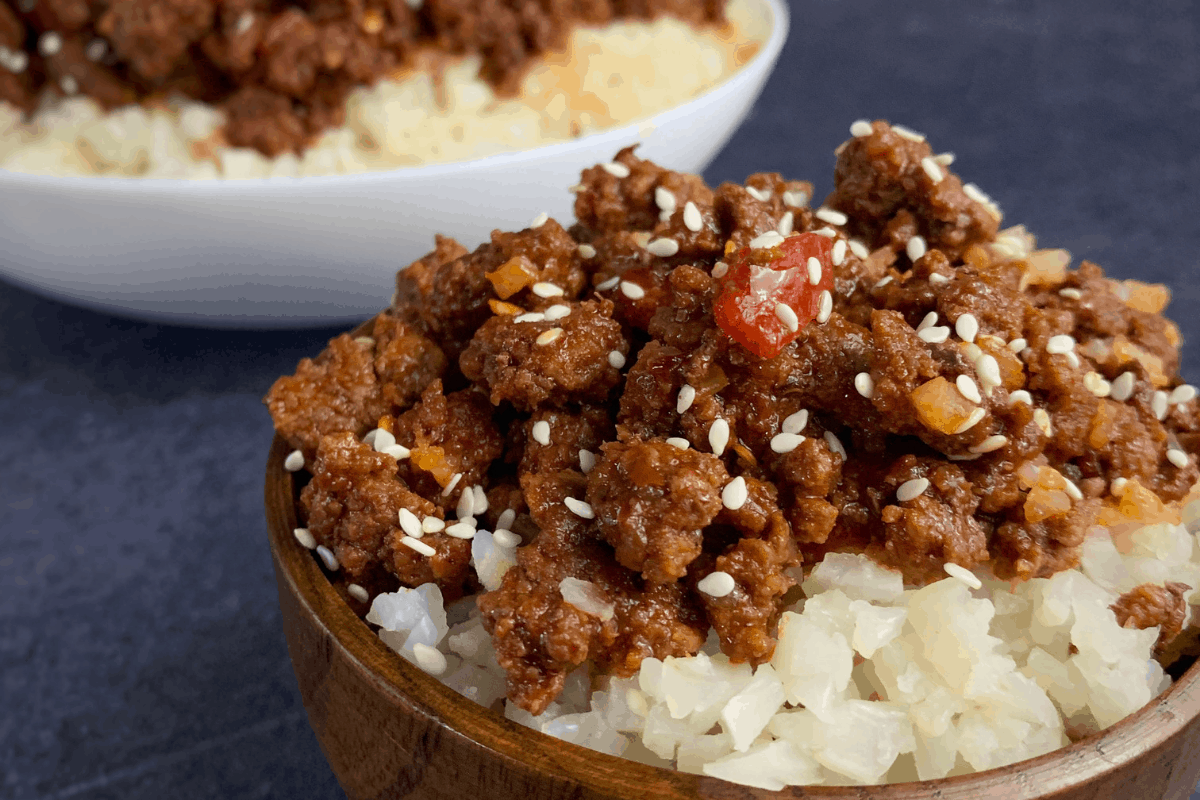
Ground beef is a popular and versatile ingredient found in countless recipes around the world, from burgers to casseroles. However, understanding its caloric content is crucial for those looking to manage their weight or maintain a balanced diet. This article explores how the calorie content of ground beef varies based on fat content, cooking methods, and portion calories ground beef sizes, and offers practical tips for making healthier choices.
How Fat Content Affects Calories
The calorie content of ground beef is primarily influenced by its fat content. Ground beef is available in different grades, each with varying fat-to-lean ratios:
- Extra Lean (90-95% lean): This grade contains minimal fat and is the lowest in calories. A 3.5-ounce (100-gram) serving of extra lean ground beef typically provides about 250 calories. It’s an excellent choice for those aiming to reduce fat intake while still enjoying the flavor of beef.
- Lean (85-89% lean): Lean ground beef has a moderate amount of fat. A 3.5-ounce (100-gram) serving usually contains between 250 and 270 calories. It strikes a balance between fat content and flavor, making it a versatile option for many recipes.
- Regular (70-85% lean): Regular ground beef has a higher fat content and, consequently, more calories. A 3.5-ounce (100-gram) serving can have approximately 300 to 330 calories. While it offers richer flavor and juiciness, it also contributes more calories to your diet.
Impact of Cooking Methods
The method used to cook ground beef can also affect its caloric content:
- Grilling or Broiling: These cooking methods allow excess fat to drip away from the meat, which can help lower the calorie content compared to its raw state. Grilling is particularly effective at reducing fat and calories.
- Pan-Frying: When ground beef is pan-fried, some fat remains in the pan and may contribute to the final calorie count if not properly drained. To minimize calorie intake, drain excess fat after cooking.
- Boiling: Boiling ground beef can significantly reduce its fat content, especially if you skim off the fat from the cooking liquid. This method often results in a lower calorie count compared to frying or grilling.
Portion Control and Caloric Intake
Portion size is a key factor in managing calorie intake. A typical serving of ground beef is about 3 to 4 ounces (85-113 grams). Even lean ground beef can contribute to a high caloric intake if consumed in large quantities. Being mindful of portion sizes helps control calorie consumption and supports a balanced diet.
Nutritional Benefits and Considerations
Ground beef is a valuable source of protein, iron, zinc, and B vitamins. However, high-fat varieties can lead to increased calorie intake and potential health risks, such as weight gain and cardiovascular issues. Opting for leaner cuts and controlling portion sizes can help mitigate these risks while still providing nutritional benefits.
Tips for Healthier Consumption
To incorporate ground beef into your diet in a healthier manner, consider the following tips:
- Choose Leaner Cuts: Opt for extra lean or lean ground beef to reduce calorie and fat intake without sacrificing flavor.
- Be Mindful of Portions: Stick to recommended serving sizes to keep calorie consumption in check.
- Drain Excess Fat: If you’re frying ground beef, make sure to drain any excess fat to lower the calorie content.
- Balance Your Meals: Pair ground beef with vegetables, whole grains, and other nutrient-dense foods to create a well-rounded and satisfying meal.
Conclusion
Ground beef can be a delicious and versatile addition to your diet, but understanding its caloric content is essential for maintaining a balanced and healthy lifestyle. By choosing leaner cuts, being mindful of portion sizes, and using appropriate cooking methods, you can enjoy ground beef while managing your calorie intake effectively. Balancing it with other nutritious foods ensures a well-rounded diet and supports overall health.
4o mini